Virtual Tour - Liberty Hall
Liberty Hall
Inspired by White House architect James Hoban’s Public Audience Chamber (now known as the East Room), Liberty Hall is a traditionally elegant ballroom with cut-glass chandeliers and dark-stained hardwood floors. When John and Abigail Adams moved to the White House in 1800, Abigail Adams hung her laundry in the great unfinished room.
Liberty Hall hosts many American Village events, including the National Day of Prayer Breakfast, Colonial Christmas Lunches and Tours, convocations, meetings, ceremonies, proms, dances and concerts. It has hosted former White House Chef Roland Mesnier, former director of the U.S. National Park Service Mary Bomar, and a naturalization ceremony for new United States citizens.
Liberty Hall is also available for private events such as wedding receptions, rehearsal dinners, corporate meetings, expositions, birthday parties and showers.
The East Room of The White House, inspiration for Liberty Hall
The largest of the State Rooms, The East Room was designed by James Hoban and George Washington to be a “Public Audience Room.” Second President John Adams and his wife First Lady Abigail Adams, the first couple to live in the Executive Mansion, used the huge, unfinished room for hanging out wash.
When President James Madison and First Lady Dolley Madison moved into the house in 1809, they assigned architect Benjamin Henry Latrobe to decorate the State Rooms, but an impending war with Great Britain halted interior design plans before the East Room could be addressed. In August 1814, invading British troops set the house ablaze, destroying the interiors and leaving only a burned-out shell.
In March 1815, architect James Hoban returned to rebuild the President’s House. The East Room remained unfinished when James Monroe moved back into the house in 1817. The walls were bare plaster and windows were unadorned, the mantles were simple painted wood, and the floor was raw boards. An ornamental anthemion frieze, highlighted with gold leaf on a black flocked background, was the room’s only ornamentation for eleven years. Yet, in 1824, President Monroe entertained the Marquis de Lafayette in this unfinished room.
Elected president in 1829, Andrew Jackson arrived at the White House as a hero of the American people. During his first term, Jackson papered the East Room walls lemon yellow and added splendid gold stars. Predominantly blue Brussels carpeting covered the floor. Spittoons, centered on protective squares of oilcloth, lined the east and west walls. He installed the East Room’s first great glass chandeliers, eventually replacing the candles with small lard-oil lamps. Twenty-four Empire style chairs purchased by James Monroe in 1817 were repaired so the throngs of visitors would not be kept “standing upon their legs as they do before kings and emperors.”
For more information, visit https://www.whitehousehistory.org



